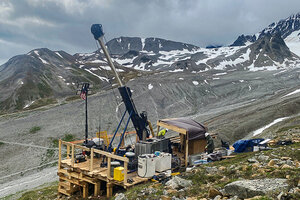Highest and Best Use is sometimes overlooked by appraisers. It is the reasonable, probable, and legal use of vacant land or an improved property. Property, as developed, is considered its Highest and Best Use until the land value is higher without improvements. Here’s a breakdown of the four criteria that Highest and Best Use must meet.
1. Physically possible
You must consider the size, shape, topography, and accessibility of the site when determining if it is physically possible.
Some questions to answer:
Can the site support a new build or improvement?
Is there access to utilities?
Is the drainage sufficient?
Is the property easily accessible? Is it on a one-way street or cul-de-sac, for example?
Would the location, topography, or size dramatically increase the cost to build on the site? (If so, that may decrease the value.)
2. Legally permissible
You must consider whether any zoning issues or restrictions will prevent building on or improving the lot.
Some questions to answer:
Do you have a current survey of the property? (If not, obtain one, specifically covering boundaries to learn if easements or encroachments exist.)
Are there any deed restrictions?
Are there zoning issues, such as minimum lot size or maximum building height or size?
Is there a maintenance easement, such as with waterfront properties, that could affect existing or proposed structures?
Are existing structures considered legal non-conforming use? (For example, the structure has been “grandfathered,” and can remain; however, it would not be allowed to be built under current zoning requirements.)
Free Guide: Looking to upgrade your appraisal license? Learn more with our free upgrade guide.
3. Financially feasible
This pertains specifically to whether financial investments would be greater than the potential financial return.
Some questions to answer:
How would the build or improvements compare to other local properties? (For example, extensive upgrades could over-improve a property to the point that it is over-priced for the market.)
Would the cost to upgrade or construct the house exceed well beyond the cost to construct an average house in the immediate area?
Could the unique, owner-specific design of the new build or improvement make the property hard to resell or bring down the value of the property?
4. Maximally productive
If you are applying this criteria to residential properties, the financially feasible use generally aligns with the most profitable use, so you can combine these two criteria. However, most profitable usually refers to commercial properties, and establishes the highest net income for a proposed structure.
Some questions to answer:
Do you have a market analysis or a feasibility study? (You will likely want to conduct one to ensure you have enough information on which to base your opinion.)
What type of commercial property (e.g., retail, restaurant, service station) would be most profitable given the location?
Want more resources for appraisers? McKissock’s Unlimited Learning Membership includes unlimited access to professional development tools like videos, checklists, white papers, and webinars.
Editor’s Note: This post was originally published on November 17, 2020 and updated November 18, 2022.


